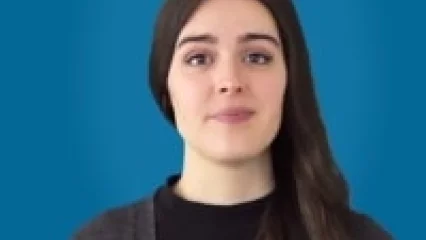As you will find out from this video, from the new GMAT tutorial series produced by PrepAdviser and examPAL, one thing that makes geometry questions special is that information can come from several different sources.
First of all, as with all GMAT questions, there is information to be found in the question itself. However, in geometry, information can come from two other sources as well. The first is the various rules of geometry: Lines and angles, Triangles, Quadrilaterals, Circles, Polygons, Coordinate Geometry, and Solids. To be ready for the exam, we have to study all of them.
Check out: GMAT Tutorials: GMAT Quant – Algebra (Video)
There’s another source of information which is unique to geometry: the figure which often appears next to the question.
These figures may add certain information that we cannot find in the text. When observing the figure, it is important to know that:
- If a line segment looks straight – it is straight.
- If lines, curves, or edges appear to have a vertex – that is, to meet – they do!
On the other hand, there is information in the figures which we cannot trust, such as length of line segments and size of angles, so:
- An angle which looks obtuse can be acute! Calculation might show this.
- A line segment which looks short can be long – again, it’s all in the numbers.
It is especially important to remember this fact in Data Sufficiency questions, which are all about figuring out what we can and cannot deduce.
For example, in this question, we are asked if AED is a right angle. Although it definitely looks like one, we must ignore this! The figure could be drawn in many different ways and we cannot trust it. In fact, we have to combine statement (1), which gives us angle AEB, and statement (2), which gives us angle BED – to discover that AED is, in fact, 90 degrees.
Check out: GMAT Tutorials: Integrated Reasoning Part I (Video)
An opposite case, where we can trust the figure entirely, is when we are shown a figure which can only be drawn in one way. This is the case with regular polygons.
For example, in this question we are told the blank figure is a regular hexagon. Since regular hexagons, by definition, always have equal sides and equal angles, there is no alternative way to draw this figure.
Because of this, we can use the figure, cutting it into pieces, and trust the way the pieces look to solve the question. In this case, the shaded triangles are each equal to the pieces we cut, and thus, they make up four out of six pieces, which make ⅔ of the hexagon.
Sometimes, we’ll be asked a geometry question with no diagram at all to go on. In these cases, our natural inclination is often to start drawing. However, this is not necessarily the right impulse, as it takes time and could confuse us. Before we put pen to paper, let’s ask ourselves:
- Is there any logic in the question we can use? For example, if we are told two angles are adjacent, we know their sum is 180°, and we have no need to draw it out.
- Does the question describe an equation? For example, if we are told that the area of a circle is equal to its radius, there’s no need to draw it – we can just immediately write down an equation, and get straight to the answer:
The area of a certain square, in square feet, equals its perimeter in feet. What is the length of each side?
Check out: GMAT Tutorials: Integrated Reasoning Part II (Video)
Since this question describes expressions which we know, let’s use a precise tool and build an equation. If we mark each side as x, then the area of the square is x^2. Meanwhile, its perimeter is 4x. So then, our equation is: 4x = x^2. We’ll divide both sides by x, so that we get x=4. That’s our answer!
If there’s no apparent logic and the question seems not to describe an equation, then we can draw a diagram, and use it to try and understand the logic.
For example, in this question it can be hard to imagine different triangles with lengths of one and two inches, and it can be easier to just draw them.
This way we can see pretty easily that there can be three such triangles.



